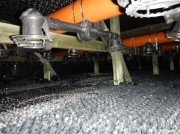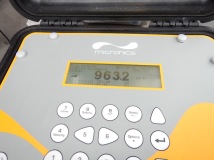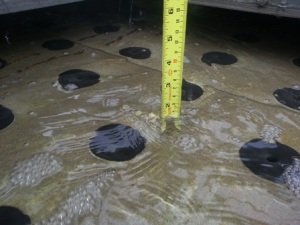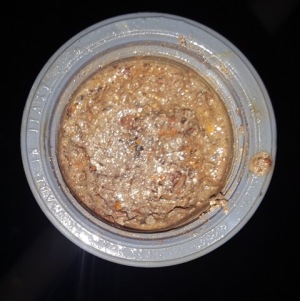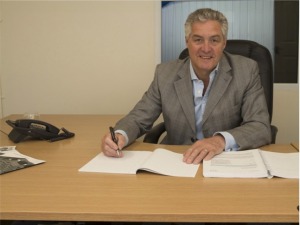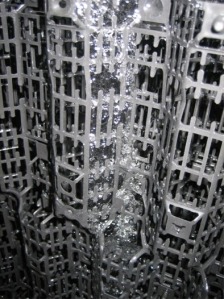Mark DONOGHUE, DIRECTOR AT DHD COOLING, EXPLAINS WHY CHECKING MECHANICAL SYSTEMS IS JUST AS IMPORTANT AS COMPLYING WITH WATER SAFETY IN COOLING TOWERS
As cases of Legionnaires’ disease continue to be reported throughout the world we must acknowledge the due diligence that UK owners, operators, water treatment companies and the HSE have applied in ensuring that evaporative cooling systems meet some of the most stringent industry standards in order to avoid these outbreaks. This is a single minded and worthwhile pursuit, but key industry figures are questioning if this is what’s best for overall plant performance and the environment.
Achieving regulatory compliance of operating cooling towers means that organisations have appointed the right people to correctly treat their systems to prevent the build-up of harmful bacteria. By utilising the skills of a water treatment company, your business is fulfilling its responsibilities to implement processes in order to prevent putting employees or the public at risk.
However, cooling towers have a primary function which also depends on the mechanical condition of the equipment, and the many nuances of the individual components selected to produce the cold water that your processes demand to make them work. One fan is not necessarily the same as another, one type of heat
exchange media is not the same as another, and one distribution system is not the same as another. The bottom line is: one model does not fit all.
Cooling towers are not too complicated; they promote the efficient transfer of heat mostly through evaporation into a stream of air in order to remove that heat from a process to keep it operating within

acceptable temperature limits. While these temperature limits vary from one process to another, a lot of processes can benefit from being cooler, which can lead to increased output and increased profit.
Whilst it is essential that the internal components are the right ones for your cooling systems, industry experts are urging plant owners to consider options that can increase airflow, improve water distribution, increase safety and contribute to increased heat transfer performance.
Plant Owners are reporting that they are benefiting from improved efficiency and performance by applying different operating philosophies and exploring alternative methods of control in addition to looking at performance enhancements through equipment upgrades.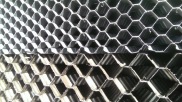
Maximising performance is all about getting the most out of each and every component in a system. Cooling systems play a pivotal role in overall system performance, so simply valeting a system on an ad hoc basis isn’t sufficient to improve or even maintain its performance. Just like a car, the bonnet needs to be opened to see what’s going on inside, and to consider each and every part as critical in achieving the best overall results.
In addition to improved performance, businesses may be surprised to see how much revenue can be saved with a small investment in their cooling towers. Their cooling towers could be preventing them from realising the full potential of their plant.

